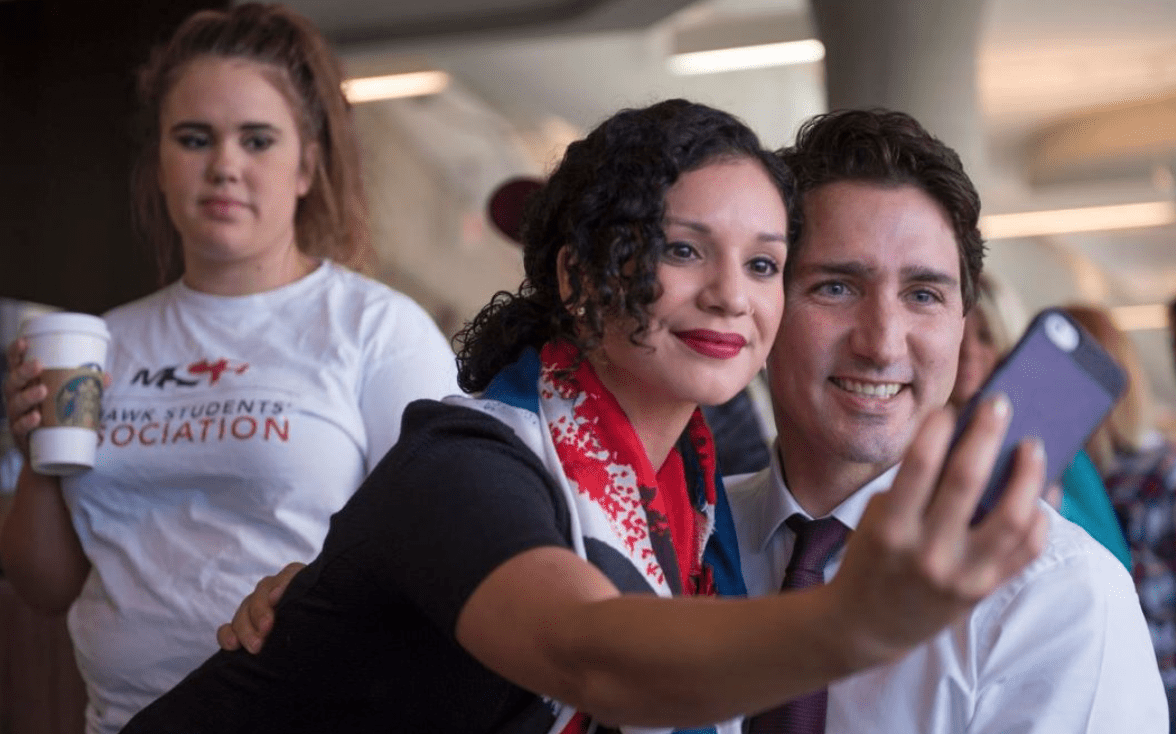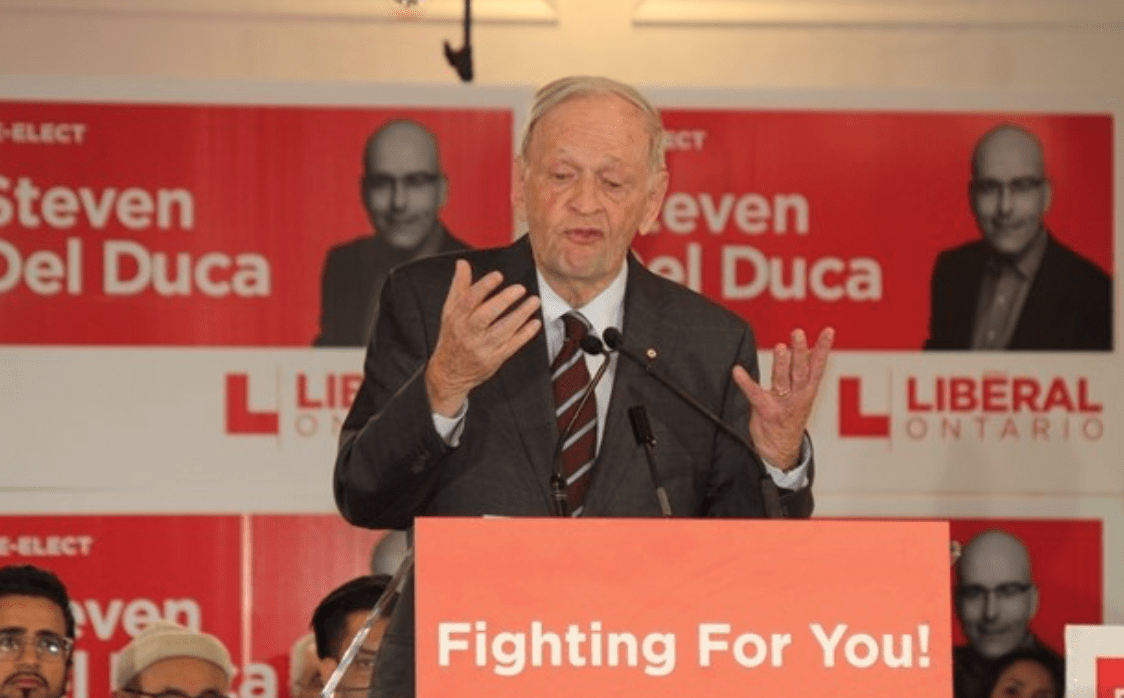To be a female voter in Canada is to have other people most of whom, it must be said, are not female tell you what your problems are. The most recent example is International Trade Minister François-Philippe Champagne's announcement of forthcoming trade missions for women, as well as LGBTQ and Indigenous Canadians, at the party's national convention in Halifax, the idea being that "those who have been ignored in the past" "have not fully shared in the benefits of trade."
Like many of the Liberals' previous feminist initiatives, this one is not negative. But it leaves a plurality of real-life women at a loss to explain how it will help them. Female business owners are a narrow segment of voters, and female business owners who benefit from government cheerleading are narrower still. Yet Champagne would have you believe this trade mission is for the good of women, period.
This isn't new. When Canadian politicians talk about "women," they are usually talking about their woman: a female voter who has been reverse-engineered to like their platform and match their target demographics. She may only exist in speeches, but you can see her reflected in every policy proposal aimed at women. Marketers have created customer archetypes this way for generations. In the era of voter microtargeting, however, parties risk being tuned out by women who don't match the archetype.
Nevertheless, they persist. Here are the model female voters you can expect for the 2019 election:
Liberal: Amy (age 25-45) lives in or within a short commute of a major city. She has a professional degree, or some certifications on top of her undergraduate degree. She works full-time for a major company and is eager to move up to the C-suite. She is married to someone with a very similar socioeconomic status to her own. They have one or two children, and their biggest sources of stress are the costs of their mortgage and daycare. Amy considers herself a feminist, which she defines simply as equality between women and men, and participates in a number of women's leadership groups around town. Politically, her biggest priority is gender equality in corporate Canada.
Conservative: Donna (age 35-60) lives in a mid-size city, or within an hour's commute of a major city. She has a university degree. She works part-time in a position that is not prestigious, but offers a flexible schedule and decent pay. She is married to someone in a higher-pay, higher-stress position than her own. They invariably have two or more children, and the cost and schedule of their kids' activities is their biggest source of stress. Donna is not a fan of the word "feminist," although if you ask, she'll say women and men should be equal. Politically, her biggest priority is community safety.
NDP: Jodie (age 18-35) lives in the core of the city where she earned her first social science degree, and is working toward a master's. She works part-time in a community health clinic. She is involved in a number of local activist groups and can often be seen at marches and rallies around town. She is currently single and does not see herself having children. Her biggest source of stress is her student debt. She fully embraces the word "feminist," although she believes feminism has largely failed to address race and gender identity. Politically, her biggest priority is climate change.
Who is missing from partisan Canada's outreach to women? (Besides me, I mean. Nobody speaks to a Canadian voter of any sex whose biggest priorities are international labour mobility and flattening the tax code.) Note that while all of the above women have things to worry about, none of them are truly suffering. They're educated, employed, and free to pursue their interests. The single mother in public housing, the cancer patient waiting months on end for life-saving surgery, the lifelong mill worker witnessing the collapse of her hometown's economy in real time where are they? Afterthoughts, at best. For each party, the model female voter is the profitable female voter. The one who can be persuaded to write them a check if you promise the right roundtable or tax credit or grant. But women with real problems require too much work.
And if a woman is not truly suffering, if she's simply not ambitious enough to be Amy, not low-key enough to be Donna, and not passionate enough to be Jodie, she's too inscrutable even for lip service. She's the first to tune everyone out.
Photo Credit: Toronto Star
Written by Jess Morgan









